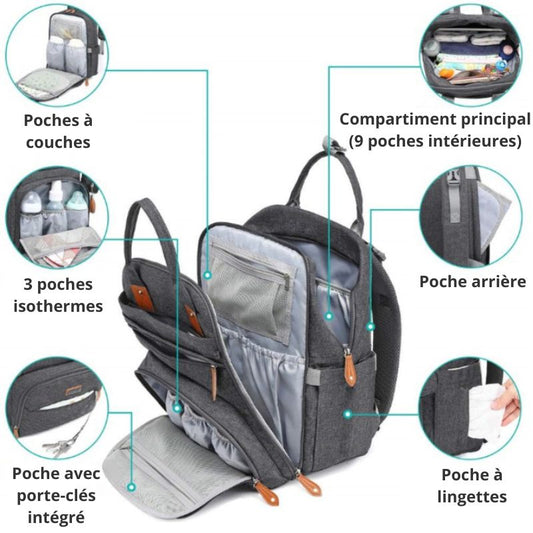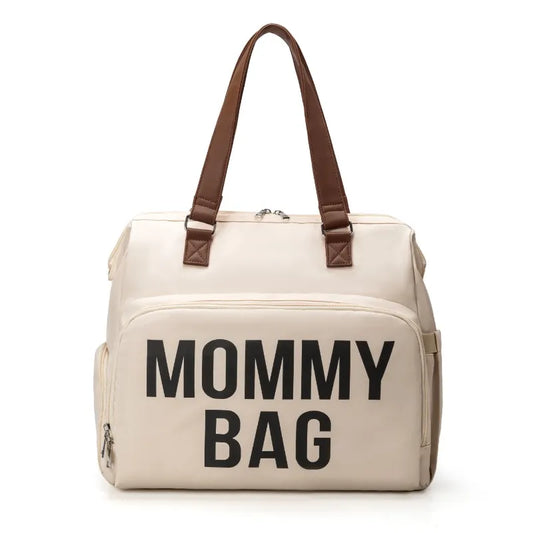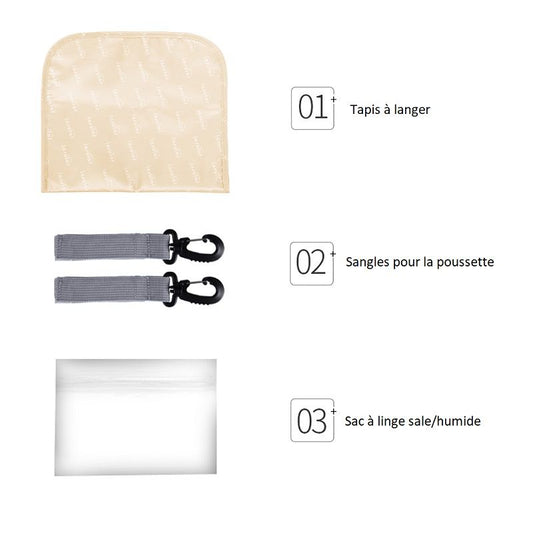Dosage instructions on bottles of liquid Tylenol and Motrin are generally based on age. However, these medications must be dosed based on weight. The instructions on the bottle tend to underdose children. This isn't necessarily a bad thing, as no one wants to accidentally cause liver failure in a child by giving too much Tylenol (which almost happened with me, see below).
How can parents calculate the most accurate dose of commonly used medications for their children?
Discover our baby teething collection.
Arriving at the correct dose of pediatric medications is more difficult than it seems. Although most parents know their children's approximate weight in pounds, pediatric medications are dosed on a milligram per kilogram basis. Additionally, young children tend to receive liquid medications, so the concentration of the medication is important in calculating the dose in milliliters.
To get an idea of the calculations involved, let's review the steps pediatricians take when calculating children's medication doses:
- Convert the child's weight to kilograms by dividing by 2.2.
- Calculate the total daily dose by multiplying the weight in kilograms by the dosage in milligrams per kilogram per day of the medication (for example, children typically receive 10 mg/kg of Motrin per dose).
- Divide the total daily dose into a dosing schedule, i.e. two to three times per day, if necessary (for example, children are sometimes given 85 mg/kg/day of Amoxicillin; the daily dose should be converted to a twice-daily dosing schedule).
- Convert single doses in milligrams to the correct number of milliliters, based on the concentration of the medication (for example, Children's Motrin has a concentration of 100 mg/5 mL; Infants' Motrin, however, is twice as concentrated, so the volume administered will be half that of Motrin for children).
- Verify that a single or daily dose does not exceed the maximum recommended dose for adults (e.g., 400 mg for Motrin).
Does this seem like a lot of work? That's because it is! To help parents more easily arrive at the correct dose, I've condensed steps one through five into a single calculation for some of the most commonly used pediatric medications.
Motrin for children (Advil, ibuprofen):
To get the correct dose in milliliters, simply multiply your child's weight in pounds by 0.22. The maximum dose is 20 mL (400 mg).
Motrin for infants:
Motrin for Infants is twice as concentrated as Motrin for Children; therefore, the required volume of Motrin for infants is half that of Motrin for children.
To get the correct dose in milliliters, multiply your child's weight in pounds by 0.11. The maximum dose is 10 mL (400 mg).
Children's Tylenol (acetaminophen):
Tylenol comes in one formulation, 160 mg/5 mL.
To get the correct dose in milliliters, multiply your child's weight in pounds by 0.21. The maximum dose is 20 mL (650 mg) at a time.
The active ingredient in Tylenol, acetaminophen, is metabolized by the liver. Tylenol should not be administered more than once every four hours, or four times a day. My general advice to parents using Tylenol is to not use it for too many days in a row. An accidental overdose of Tylenol can cause life-threatening liver failure, so be sure to administer the correct dose. In case of possible overdose, contact your local poison control center for further advice. An algorithm can be used to determine if your child will need NAC (N-acetylcysteine), the antidote for Tylenol, to prevent liver failure.
A Personal Experience
Not long ago, I was shocked to find myself calling the poison control center about a possible Tylenol overdose for one of my own children—my youngest, who was six at the time. My daughter had developed a fever while sleeping at her grandmother's house. Grandma had found a bottle of Children's Motrin in the cupboard and gave Sarah two pills, which she swallowed without chewing (even at that tender age Sarah was already an expert at swallowing pills as she took a dose daily Claritin for adults). When I got to Grandma's house the next morning, I checked the bottle of Motrin. Instead of finding the usual purple chewable tablets, I discovered that the bottle contained red and yellow non-chewable tablets, labeled in tiny red letters with the word "Tylenol." Someone (don't ask who) had filled an empty bottle of children's Motrin with extra strength Tylenol, 500 mg for adults. And my 40-pound daughter had swallowed both pills...twice. Grandma had administered two doses, two pills each, once at bedtime and again in the morning. Oh! In hysterical panic, I called the poison control center, wondering if my daughter was going to suffer acute liver failure, followed by a transplant. Fortunately, the poison control center quickly informed me that she was fine and would not need any treatment. I breathed a huge sigh of relief. Grandma, however, still hasn't recovered from the emotional trauma of nearly poisoning her youngest granddaughter. The big lesson from this experience is: never transfer pills to a bottle with the wrong label.
The active ingredient in Motrin and Advil is ibuprofen, a nonsteroidal anti-inflammatory drug (NSAID) that is metabolized by the kidneys. Fortunately, Motrin generally does not cause organ failure. However, the drug is not completely benign. NSAIDs like Motrin and Naprosyn are mild blood thinners. They can worsen kidney problems in individuals with kidney disease, and they can also irritate the lining of the gastrointestinal tract, causing gastritis and, in rare cases, ulcers. Personally, I can't tolerate Motrin without taking an antacid, but most children tolerate NSAIDs without problems.
Tylenol or Motrin? My Recommendations
When parents are choosing between Tylenol and Motrin, I generally recommend Motrin for three reasons:
- Motrin does not cause liver failure.
- Motrin has appreciable anti-inflammatory effects; it is excellent for teething pain and muscle aches.
- Motrin lasts six to eight hours, unlike Tylenol, which wears off after four hours. In my opinion, Motrin is the best medication to soothe a sick child at night—as long as the child is not suffering from gastrointestinal issues.
Although Motrin is only approved by the FDA for children aged six months and older, it is perfectly safe for younger children if given at the correct dose. Just use the calculation shown above, and be sure to double-check your calculations. For more information on the dosage of medicines for children, consult the website of the National Agency for the Safety of Medicines and Health Products (ANSM).

























































